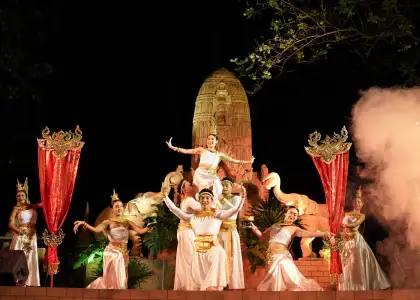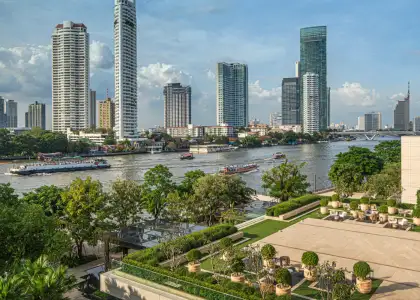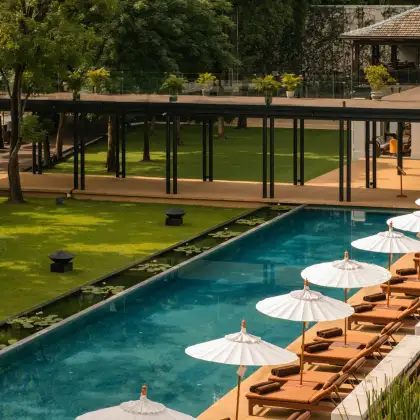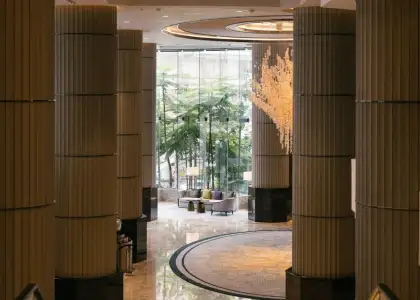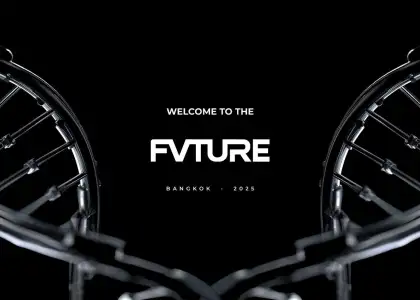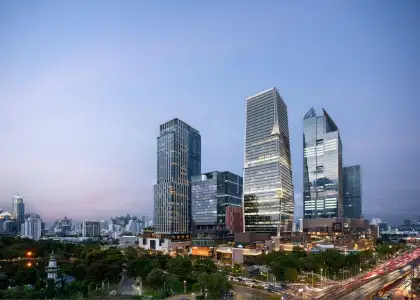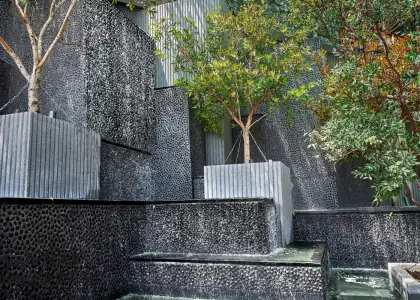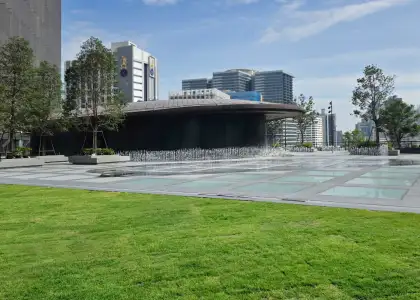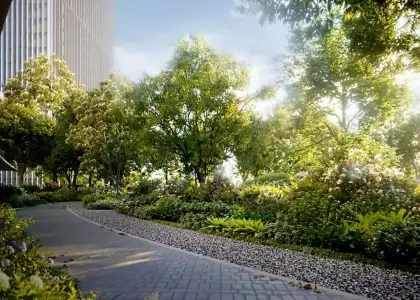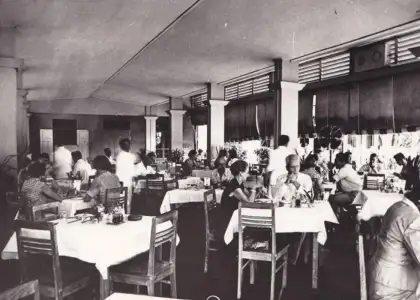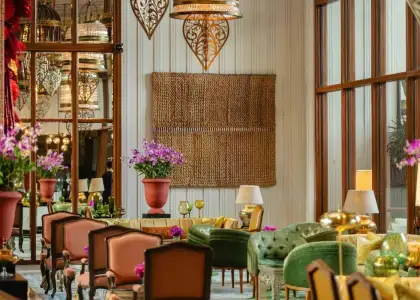Talat Noi: Bangkok’s Street Art Capital

Talat Noi is the last place you would expect to see Gen Z-ers and some of the most ardent social media users, tourists or locals. This visually ancient part of Bangkok’s Chinatown, at first glance at least, is all about that slow, unchanging life that usually drives away this kind of crowd. Apart from some fairly new hotels and government buildings, you can even see the age of this place in the buildings around here.
It is an old place, to put it simply. So, what is drawing the crowd here by the groups?
A Bit of History
Most visitors will probably start their journey into Talat Noi through Charon Krueng Road, the oldest bit of road in Bangkok and the busiest motorway in this sub-district. The main district is called Samphantawong, which for all intents and purposes, is Chinatown itself. This district, along with Talat Noi, is home to many ethnic Chinese-Thais who chose to keep their tradition, whether we are talking about food, language or culture.
More than that, a lot of what built Talat Noi’s identity came from the Chinese population here, from its name to the prevailing cuisine. As Bangkok’s first port, you can also imagine that Chinese traders, who usually came by boat, made Talat Noi their first home in Thailand.
Alive With the Sight of Art
With narrow streets, many of which halts into a complete stop (e.g., a wall), Talat Noi would seem quite unfriendly to explorers. However, the walls in said narrow streets go on for quite a bit and they make for excellent canvases. Before long, street murals started popping up along the winding streets of the district. And this relatively young medium combined the old, fractured walls of the Talat Noi made for very trendy social media posts.
There is already quite a bit of Talat Noi street art repository on the internet—Instagram in particular—that you will probably recognise one or two murals from here. But, the most famous of them all has to be Mr. Charoen Krung. Mr. Krung, despite what the name suggests, is not a man full of tattoos or a historical figure. In fact, he is an anthropomorphised street and along the walls here, you will find pictures that would best describe who (or maybe what or how or even why) is Mr. Charoen Krung. Confusing, but curious.
Another famous art fixture of Talat Noi, something immortalised on Google Maps, is the “Antique Turtle car.” This car, which in its former life was probably a Fiat 500, was left here, never claimed again, and is Talat Noi’s primary image when searched on Google Maps. Rusted to the point of disintegration, it has become one of the defining sights of the district.

There is quite a range of artwork here, from the nationalistic and amateur to modern and edgy. Before, you had to venture into the residential areas of Talat Noi to see these murals. But, sooner than later, the trend caught on. Now, there is even a giant mural on two buildings, separated by a clearing-cum-parking lot, on Song Wat Road. Still, the best artsy bits remain in the streets that snake around Soi Chao Sua Son and San Chao Rong Kueak.
A Home to Cars, Ironically
Talat Noi is home to a lot of cars, and we do not mean the cars of the residents here. All over Sieng Kong, you will see spare parts shop left, right, and centre. Then, there are the actual cars that line up the long streets of the district.

With the rise of food delivery services like Grab and FoodPanda, riders can be seen tearing it up the streets to reach customers deep in the mostly residential part of Talat Noi.
Solid Gold
A popular tourist spot in Talat Noi, probably more so than the street murals, is the Wat Traimit Temple or the Golden Buddha Temple.
You want to guess why it has that name?
You guessed correct; the Wat Traimit Temple’s Golden Buddha is made of solid gold. Protected by plaster for almost 200 years, the true value of the Golden Buddha was revealed when it was dropped by accident in 1955 during a relocation. Now, it is on display in its full glory in the temple.
Remember that scene in “The Hobbit” where Smaug was standing in front of a statue of a great Dwarven king made entirely of gold? This is probably the closest we can get to that.
Subscribe to The Beat's newsletter to receive compelling, curated content straight to your inbox! You can also create an account with us for free to start bookmarking articles for later reading.








